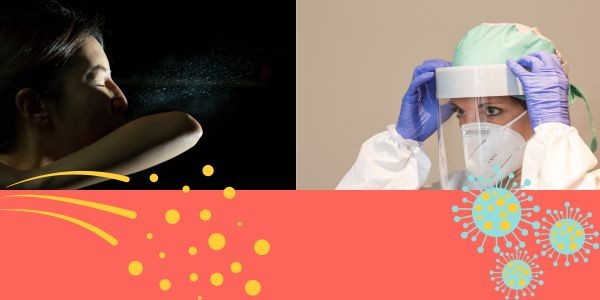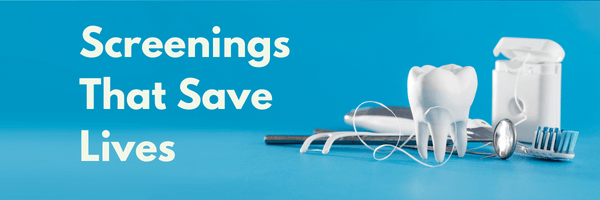
The Air We Breathe: Cutting-Edge Aerosol Management for Dental Safety
Posted October 03, 2024
Aerosol management is now a cornerstone of modern dentistry. In our post-pandemic world, safety and hygiene are more crucial than ever. By implementing the right protocols and tools, you can enhance safety for both patients and staff, all while boosting your practice’s reputation.
Why Aerosol Management Matters
Understanding the sources and risks of aerosols in dental procedures is the first step. High-speed instruments like dental drills and ultrasonic scalers generate aerosols that may carry harmful pathogens. These tiny particles can remain airborne, increasing the risk of infection.
Tools for Aerosol Control
The key to effective management is to reduce aerosol generation at the source. Here’s how:
- High-Volume Evacuators (HVE):
- Capture up to 90% of aerosols during treatment.
- Use them in every procedure for maximum safety.
- Advanced Air Filtration:
- Filters that remove airborne contaminants.
- Pre-Procedure Rinses:
- Reduce the microbial load before treatment starts.
Combine HVE with extraoral suction devices or negative air pressure rooms for a layered defense. This strategy ensures a safer environment for both patients and staff.
Updated Protocols and Training
Equip your team with the latest in sterilization techniques and personal protective equipment (PPE). Advanced training ensures everyone knows how to use new technologies effectively. A culture of awareness and vigilance further elevates your safety standards.
Building Trust with Patients
Health-conscious patients will gravitate towards practices that prioritize their safety. By showcasing your commitment to comprehensive aerosol management, you not only reduce the risk of airborne transmission but also build trust. Modern technology and stringent protocols can set your practice apart, making it a leader in the dental community.
In summary, effective aerosol management is not just about safety—it’s about building a reputation for excellence.
We connect and educate more than 900,000 job seekers in the U.S. and Canada to build better places to work through teams that excel.



.png)




.png)
